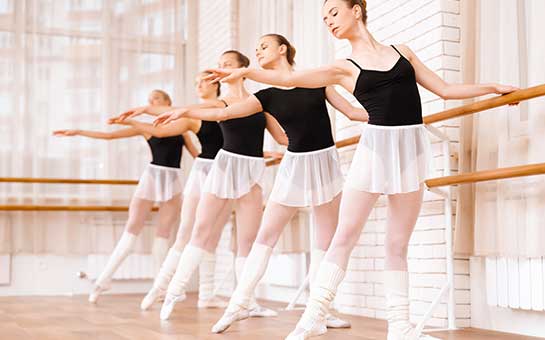Have you scheduled some ballet dancing slots into your vacation plans? Do you need to practice in your hotel room so you don’t lose your form? Either way, remember that travel insurance for ballet dancing is as important as your tutu and your pointe shoes.
Ballet is as much a sport as an art form—and a hazardous sport at that. Luckily, there are hazardous sports travel insurance plans that cover any injuries you might sustain while ballet dancing. Get ballet dancing travel insurance and save yourself from any unplanned medical costs in case you need treatment for a ballet-induced injury.
Travel Insurance for Ballet Dancing
Your general travel insurance plan is unlikely to cover medical expenses for injuries sustained while ballet dancing. You would need a ballet dancing travel insurance plan to ensure your protection.
Keep in mind that hazardous sports travel insurance plans exclude coverage for competitions. But if you have plans to practice while on vacation, or if you decide to show off for your friends and family, be prudent. Injuries are unpredictable. But, you can escape paying for medical bills with travel insurance for ballet dancing.
Basics of Ballet Dancing
As a performance dance, ballet originated in Italy during the 15th century Renaissance. It spread to France and Russia, where it evolved into a concert dance form. Ballet dancing has since spread to many parts of the globe. Ballet has influenced the basic techniques of many other genres of dance, and it has even gone through several periodic evolutions in style itself. The modern ballet as we know it today evolved in the 20th century. This form combines modern movements with classical ones.
There are varied forms of ballet instruction, just as there are marginal variations in the kind of dress in which ballet dancers perform. However, the ballet skirt (known as a tutu) and the ballet shoes known as pointe shoes are more or less common across variations. So are the 7 basic ballet movements.
- Élancer - Darting
- Étendre - Stretching
- Glisser - Gliding or sliding
- Plier - Bending
- Relever - Rising
- Sauter - Jumping
- Tourner - Turning
In this last category, the pirouette (a form of turning) is recognized to be one of the most difficult dance movements. Pirouettes require an incredible amount of technique and balance.
Risks of Ballet Dancing
The seemingly effortless execution of graceful ballet movements comes from an incredible amount of strength, stamina, and flexibility. With the development of these skills comes the risk of short-term injuries and long-term damage.
Ballet dancing needs tremendous physical skills. Ballet dancers acquire these skills by putting a lot of strain on their bodies. They have to absorb the same physical strain during a performance.
Many of these skills and the strain level are similar to those of any other physically intensive sport. Young football players are encouraged to learn ballet, for example.
The risks of injury during ballet practice are comparable, also. Ankle, foot, knee, and hip arthritis are long-term health hazards that many ballet dancers face, and injuries to these body parts are routine. Stress fractures are also common. This is why adventure sports travel insurance is relevant in the context of ballet.
Whether you’re practicing by yourself or performing for a group of friends during your travels, these injury risks remain. Travel medical insurance for ballet will take care of your treatment costs.
